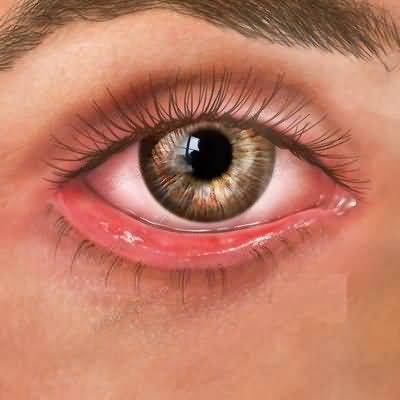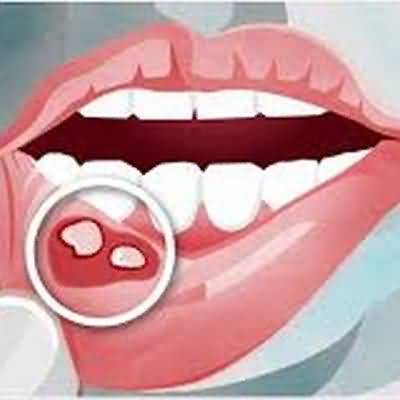nasal trauma
nasal trauma
The nasal pyramid is the most frequently fractured bone in the body
Fracture is suggested by crepitance or palpably mobile bony segments
Epistaxis and pain are common, as are soft-tissue hematomas (“black eye”)
It is important to make certain that there is no palpable step-off of the infraorbital rim, which would indicate the presence of a zygomatic complex fracture
Radiologic confirmation may at times be helpful but is not necessary in uncomplicated nasal fractures
It is also important to assess for possible concomitant additional facial, spine, pulmonary, or intracranial injuries when the circumstances of injury are suggestive, as in the case of automobile and motorcycle accidents
Treatment is aimed at maintaining long-term nasal airway patency and cosmesis
Closed reduction can be performed under local or general anesthesia; closed reduction under general anesthesia appears to afford better patient satisfaction and decreased need for subsequent revision septoplasty or rhinoplasty
Intranasal examination should be performed in all cases to rule out septal hematoma, which appears as a widening of the anterior septum, visible just posterior to the columella
The septal cartilage receives its only nutrition from its closely adherent mucoperichondrium
An untreated subperichondrial hematoma will result in loss of the nasal cartilage with resultant saddle nose deformity
Septal hematomas may become infected, with S aureus most commonly, and should be drained with an incision in the inferior mucoperichondrium on both sides
Packing for 2–5 days is often helpful to help prevent reformation of the hematoma
Antibiotics with antistaphylococcal efficacy (eg, cephalexin, 500 mg four times daily, or clindamycin, 150 mg four times daily) should be given for 3–5 days or the duration of the packing to reduce the risk of toxic shock syndrome and the drained fluid sent for culture


















